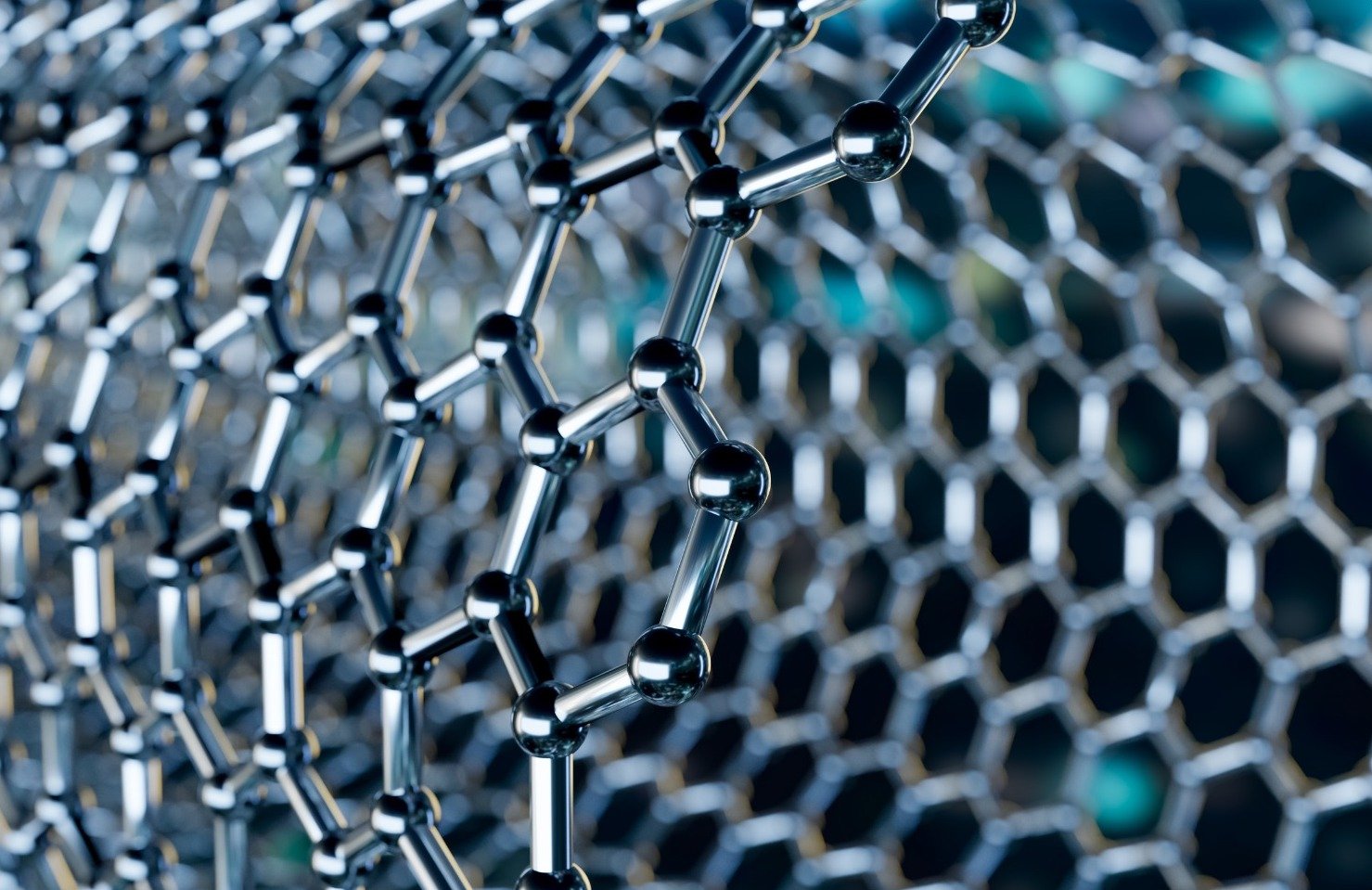Ultra-Pure Graphite.
Zero-Emission Hydrogen.
Limitless Power for a Cleaner Future.
About US
Curve H2 is transforming the energy landscape by producing zero-emission hydrogen through advanced Plasma Methane Pyrolysis technology. This innovative approach not only generates hydrogen of the highest purity but also yields valuable byproducts like high-quality carbon materials, addressing both energy generation and environmental challenges.
Our proprietary reactor technology converts a wide range of hydrocarbon gases—whether from raw materials, mixed feedstocks, emissions, or captured streams—into hydrogen, carbon nanomaterials, and next-gen battery components. Backed by deep expertise and strategic collaborations, Curve H2 is positioned as a future leader in sustainable energy solutions and advanced carbon materials.
HYDROGEN
Unlock the future of clean energy with zero-emission, decentralized hydrogen production—powering a world free from fossil fuels. Our cutting-edge technology delivers on-demand, high-purity hydrogen without CO₂ emissions, revolutionizing industries from transportation and aviation to steel, chemicals, and energy storage. By eliminating reliance on centralized fossil-based hydrogen, we empower businesses with a scalable, cost-effective, and sustainable solution for deep decarbonization. The future isn’t just green—it’s independent, efficient, and unstoppable.
GRAPHITE
Revolutionizing the future of materials, our zero-emission, decentralized graphite production delivers ultra-pure, battery-grade graphite without the environmental toll of traditional mining and refining. Using cutting-edge technology, we produce high-performance graphite for EV batteries, energy storage, semiconductors, aerospace, and advanced manufacturing—helping to decarbonize industries that power the modern world. Scalable, sustainable, and innovation-driven, our graphite is paving the way for a cleaner, electrified future.
OUR DISTINCT ADVANTAGE:
•Economically Priced Hydrogen: Affordable production methods to facilitate mass adoption.
•Decentralized Production: On-site hydrogen generation minimizes transportation needs.
•High-Quality Graphite: Production of ultra-pure, battery-grade graphite for various applications.
•Modular Technology: Scalable and easy-to-install systems for diverse operational requirements.
•Expert Team: Inclusion of PhD-level professionals driving innovation and efficiency.
•Emission Reduction: Zero-emission processes contributing to environmental sustainability.
•High Cracking Efficiency: Advanced plasma technology ensures efficient hydrocarbon conversion.





